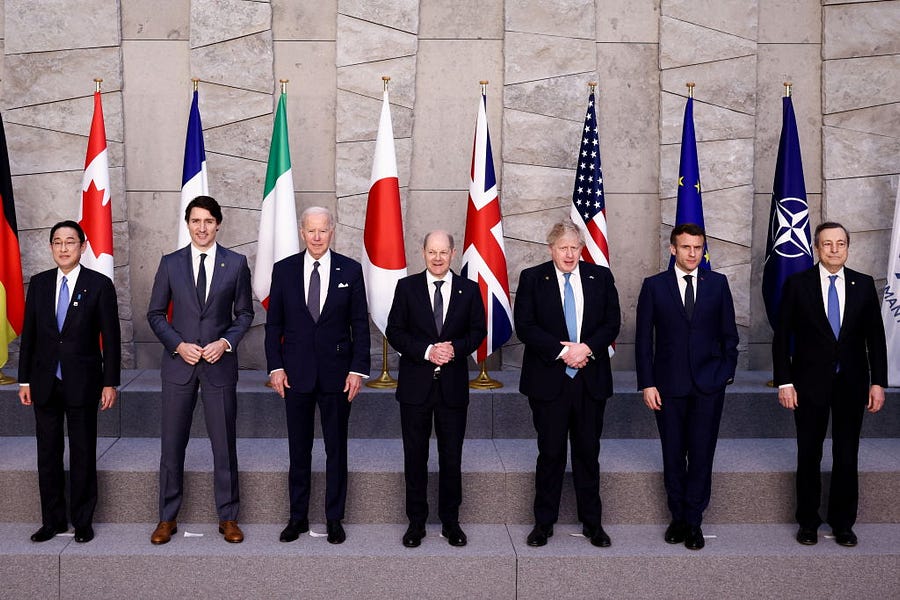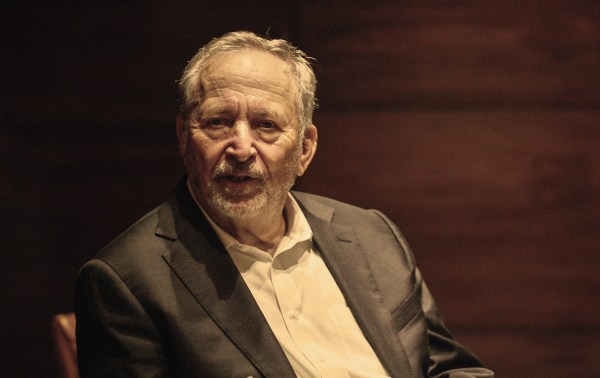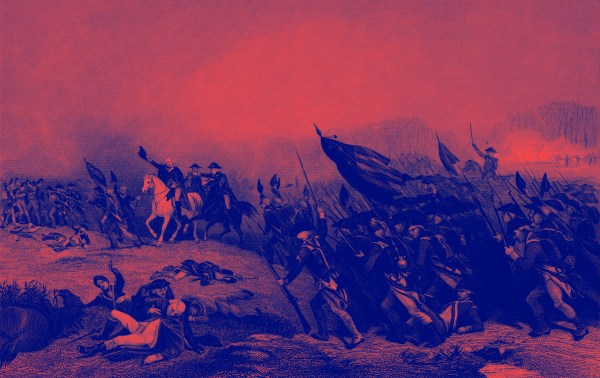All exclusive institutions follow certain processes when admitting new members, and the North Atlantic Treaty Organization is no different.
NATO, formed to help the West protect members from Soviet Union aggression, had 12 members at its founding in 1949: Belgium, Canada, Denmark, France, Iceland, Italy, Luxembourg, Netherlands, Norway, Portugal, United Kingdom, and the United States. It now has 30. Article 10 of the treaty creates an “open door policy” for countries looking to join NATO. Some now call for Ukraine to become the 31st member.
But what’s the process?
First, every country, or “ally,” in NATO must unanimously agree to invite a non-member to join. In order for that step to take place, a country interested in joining must fulfill certain requirements. In 1995 NATO conducted a study on “enlargement” that examined what those requirements and the subsequent process should be.
NATO’s website lists these requirements: “a functioning democratic political system based on a market economy; the fair treatment of minority populations; a commitment to the peaceful resolution of conflicts; the ability and willingness to make a military contribution to NATO operations; and a commitment to democratic civil-military relations and institutional structures.”
If a country satisfies all of those conditions and the allies agree unanimously to take the next step, the country in question can join the Membership Action Plan (MAP), a program that, by giving advice and suggesting reforms, helps “aspirant countries” through the process of eventually joining NATO. NATO’s website defines it as a “programme of advice, assistance and practical support tailored to the individual needs of countries wishing to join the Alliance.” But going through the MAP program doesn’t lead to automatic NATO admission.
Once a country completes the MAP process and makes all of the reforms NATO requests, then NATO can extend an invitation to that country and begin “accession talks.”
These talks occur between the aspirant country and the rest of the Alliance at NATO headquarters in Brussels, Belgium. The talks happen in two sessions: one addressing political and defense issues and another addressing legal issues, resources, and how much the country can contribute to the overall NATO budget. That contribution is determined on a proportional basis, according to the size of the aspirant country’s economy. Then comes a timetable for the aspirant country.
After all of the NATO countries agree that the aspiring country has made the necessary reforms, each country has to sign and accept the “Accession Protocol.”
“These protocols are in effect amendments or additions to the Treaty, which once signed and ratified by Allies, become an integral part of the Treaty itself and permit the invited countries to become parties to the Treaty,” the NATO website says.
Those protocols—or changes to the treaty—then must be ratified by each individual member country. Those processes are dependent on the laws of each country. For example, in the U.S., treaty ratification requires a two-thirds vote in the Senate and the president’s signature.
Once each country ratifies the treaty, the United States is notified because it is the treaty’s “depositary”—the government all signees of the treaty entrust with the document—and the aspiring country is then a member of NATO.
North Macedonia was the last country to join NATO in March 2020 after receiving an invitation to join accession talks in July 2018. The amount of time it takes for countries to join NATO varies. The last country before North Macedonia to do so—Montenegro—started the MAP program in December 2009 and officially joined in June 2017.
Sometimes multiple countries join on the same day. Croatia and Albania both joined NATO in April 2009 in the sixth enlargement of the Alliance. In March 2004, seven countries joined at once: Bulgaria, Estonia, Latvia, Lithuania, Romania, Slovakia, and Slovenia
So, why join NATO?
Former Undersecretary of Defense for Policy and Ambassador to Turkey and Finland Eric Edelman tells The Dispatch the chief reason is protection: “The main reason of course is to be part of the larger Alliance that provides the Article 5 security guarantee and allows them to nest under the larger NATO defense umbrella, which, of course includes the United States.”
“It provides a certain, basic sense of security,” he added.
The Article 5 guarantee—also called “collective defense”—says an attack against one member country is an attack against them all. So going to war with one of these countries really means you’re going to war with all 30.
But joining obligates countries to give up neutrality in a NATO-involved conflict.
“You also have to be willing to come to the defense of the others if anyone’s attacked and you know that in some sense loses you a little bit of a freedom of action because you are committed to the defense of others,” Edelman said. “But of course you get a defense guarantee as well.”







Please note that we at The Dispatch hold ourselves, our work, and our commenters to a higher standard than other places on the internet. We welcome comments that foster genuine debate or discussion—including comments critical of us or our work—but responses that include ad hominem attacks on fellow Dispatch members or are intended to stoke fear and anger may be moderated.
With your membership, you only have the ability to comment on The Morning Dispatch articles. Consider upgrading to join the conversation everywhere.